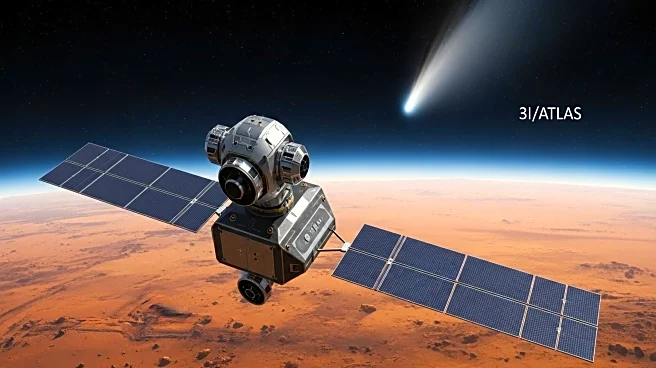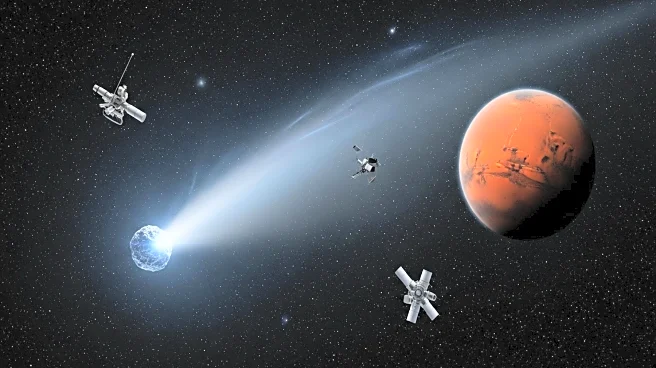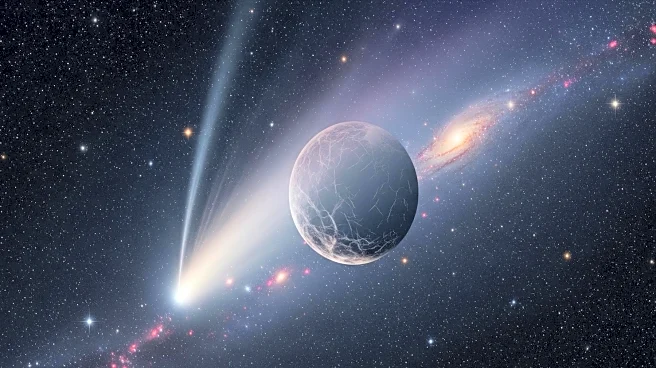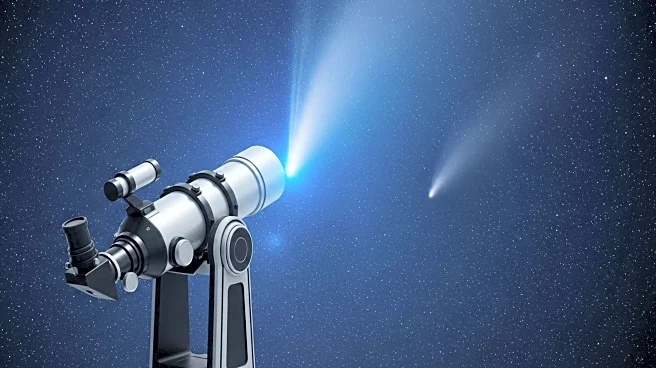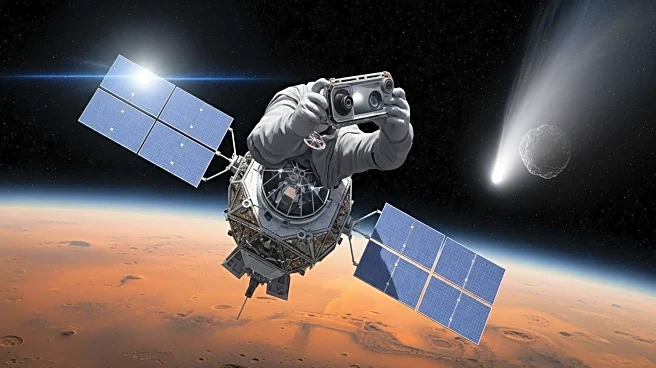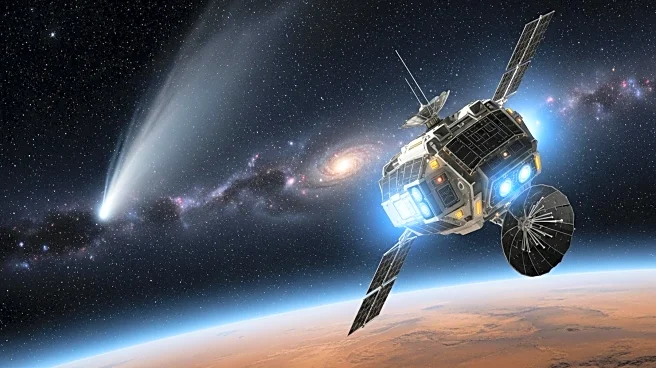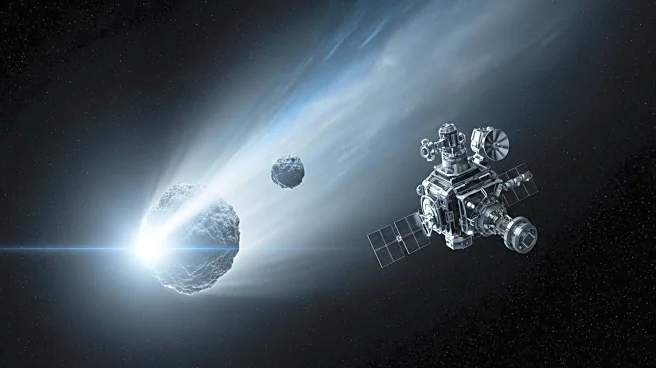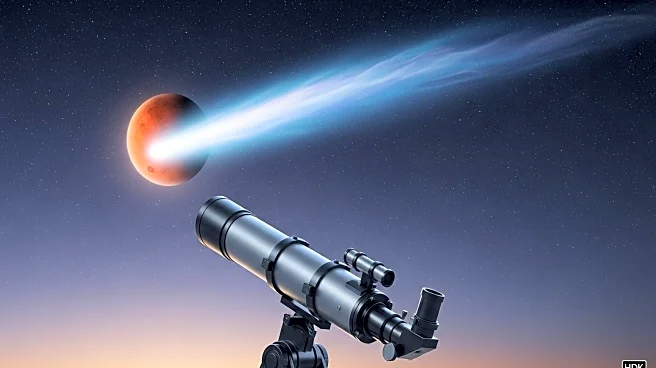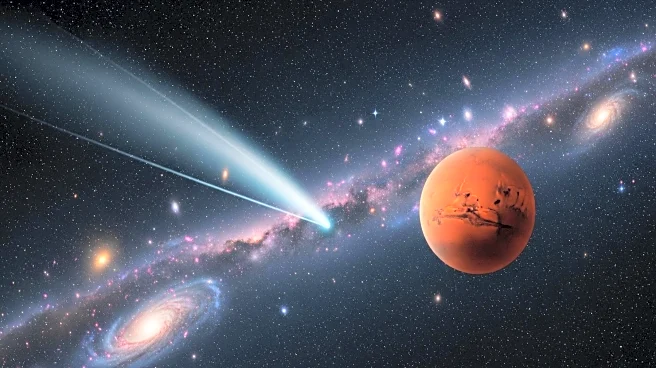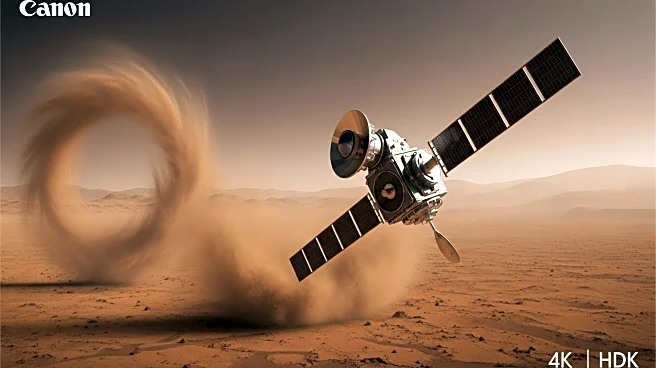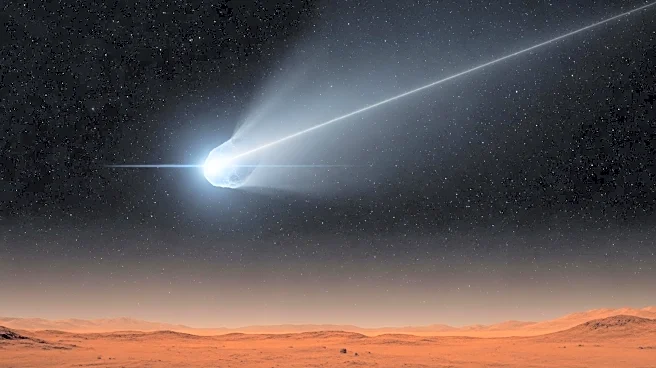What is the story about?
What's Happening?
Between October 1 and 7, ESA's ExoMars Trace Gas Orbiter and Mars Express spacecraft focused their instruments on interstellar comet 3I/ATLAS as it passed near Mars. During its closest approach on October 3, the comet was approximately 30 million kilometers away. The orbiters used onboard cameras to track the comet's motion, a challenging task given the faintness of the object. ExoMars TGO successfully recorded images using its Colour and Stereo Surface Imaging System, capturing the comet's coma, a glowing cloud surrounding its icy, rocky nucleus. The Mars Express images did not detect the comet due to exposure limitations. Researchers are processing data from both orbiters to enhance the faint signal and study the comet's light spectrum, aiming to identify its chemical composition. Comet 3I/ATLAS, originating from outside the Solar System, is only the third interstellar comet observed, following 1I/ʻOumuamua and 2I/Borisov.
Why It's Important?
The observation of comet 3I/ATLAS by ESA's Mars orbiters is significant as it provides a rare opportunity to study an interstellar object, offering insights into the formation of worlds beyond our Solar System. These comets are considered outsiders, carrying clues about the broader galaxy. Understanding their composition and behavior can enhance knowledge of cosmic phenomena and the origins of celestial bodies. The data collected could inform future missions and scientific research, potentially leading to breakthroughs in astrophysics and cosmology. The event underscores the importance of international collaboration in space exploration, as ESA's efforts contribute to global scientific advancements.
What's Next?
ESA plans to continue analyzing the data from the Mars orbiters to learn more about comet 3I/ATLAS as it approaches the Sun. Next month, the Jupiter Icy Moons Explorer will observe the comet, providing additional insights into its active state. ESA is also preparing the Comet Interceptor mission, set to launch in 2029, which will wait in space for a suitable target, potentially another interstellar object. This mission aims to enhance understanding of such objects and pave the way for future explorations. The ongoing research and upcoming missions highlight the dynamic nature of space exploration and the continuous quest for knowledge.
Beyond the Headlines
The study of interstellar comets like 3I/ATLAS presents ethical and philosophical questions about humanity's place in the universe. These objects connect humankind to the broader galaxy, offering a tangible link to distant worlds. The pursuit of understanding these comets reflects a deeper curiosity about existence and the origins of life. Additionally, the technological advancements required for such missions drive innovation in space exploration, potentially leading to new applications in other fields. The endeavor to intercept and study these cosmic wanderers symbolizes the human spirit of exploration and discovery.
AI Generated Content
Do you find this article useful?
